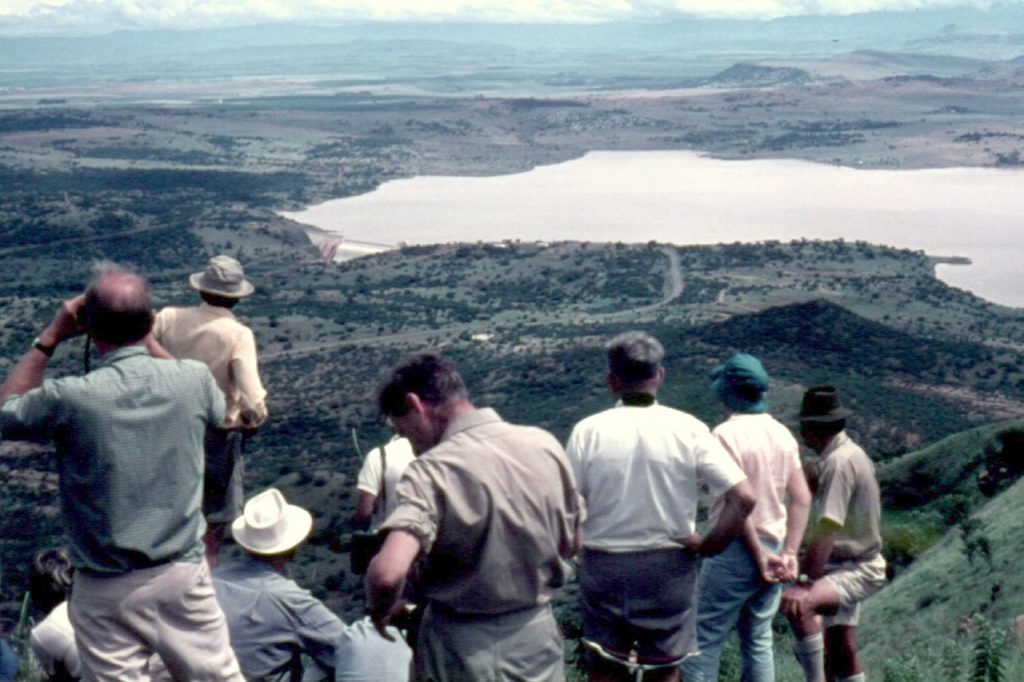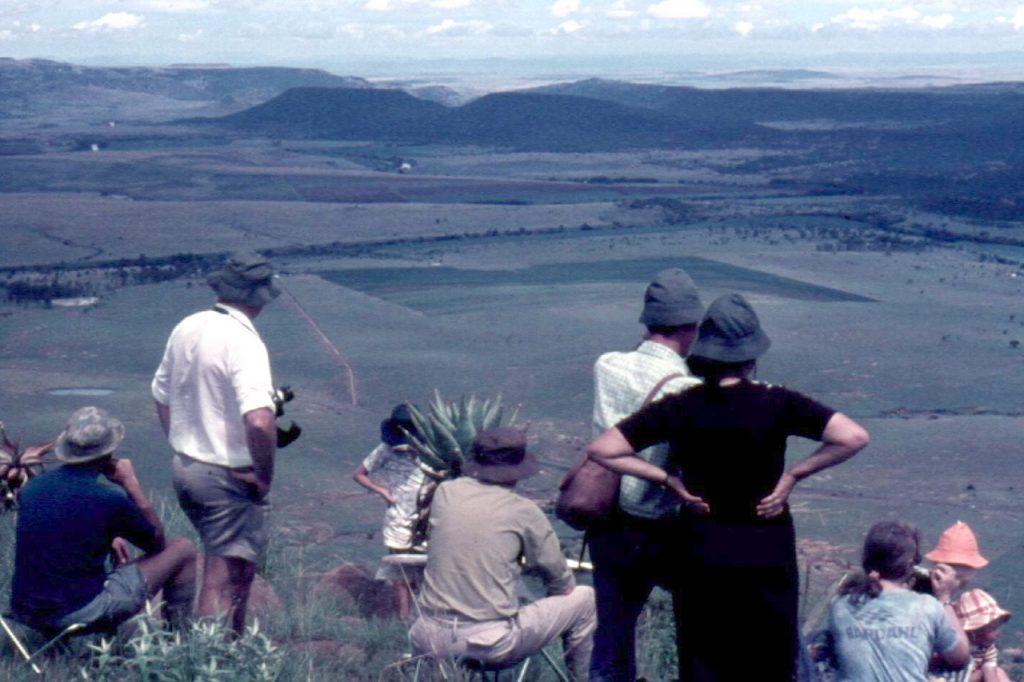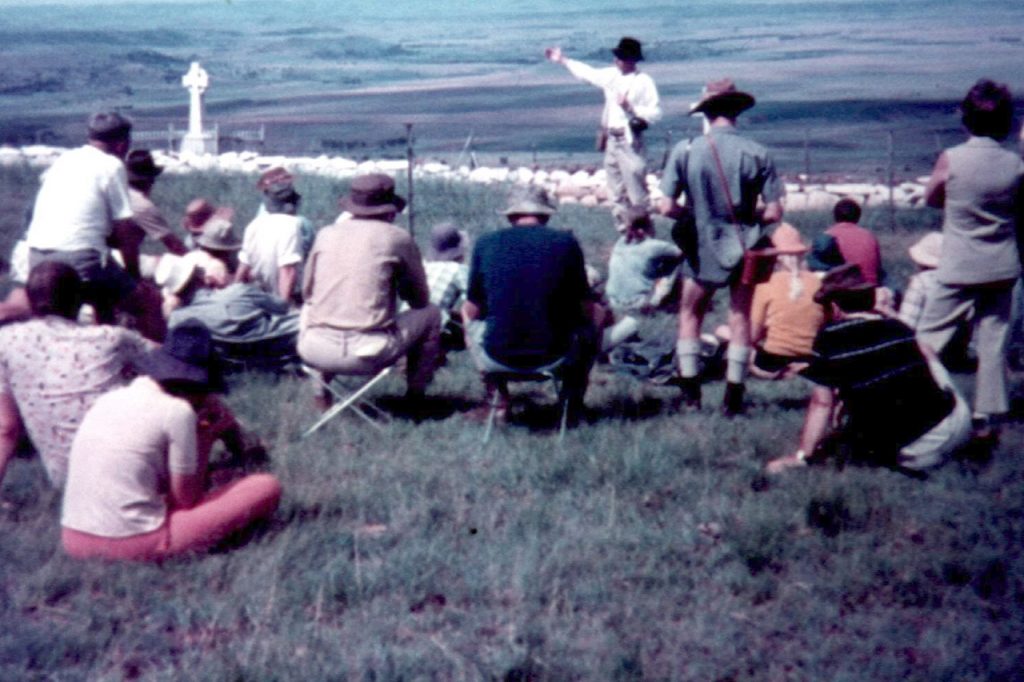Spioenkop is situated in KwaZulu Natal, South Africa.
This is one of the best known battlefields of the Second Boer War, but when I first went there in the 50s it was untouched, had been undisturbed for half a century.
I have visited this sad, striking hill many times since, but on my first trip I had to ask farmers all around the area, “Do you know where Spionkop is?” In our book, We Wander the Battlefields this how I describe it:
Two or three farmers had no idea, but then a farmer said, “That’s the big hill behind my farm”.
“How will I get there?” I asked.
“Drive through my cattle pen here.” And he opened the gate.
I drove through the slushy cattle poo, covering my lovely new bike with generous amounts of cow manure, went as far as I could up the hill on the bike, leant it against a bush when I could go no farther, then climbed, climbed, climbed.
Eventually I could see a tall monument, then neglected graves, so I knew I had found what I was seeking. I wandered around this sad, forgotten area for a long time, then went back to my motor-cycle and rode home with a heavy heart.
On subsequent visits
- I took my copy of Commando by Deneys Reitz and pictured the battle through his eyes.
- I was there when Kenneth Griffith (author of Thank God We Kept the Flag Flying) and his crew were making a documentary.
- Spent the night of the centenary on the hill with several young friends, all who had ridden there on their motor-bikes.
- Gave a talk to the Durban branch of the South African Military History Society, overlooking Spionkop Dam.
- Took 2 groups from Australia to learn about what happened here.
Many people have written about this tragic battle so I won’t add to it here, but these video clips will show you around the top of Spionkop (now usually spelt Spioenkop) so you can see what the men, on both sides, faced.
1965
Here are photos I have taken over the years. The following photos were taken when Kenneth Griffith and his film crew were on Spionkop in 1965. It was relatively still untouched.
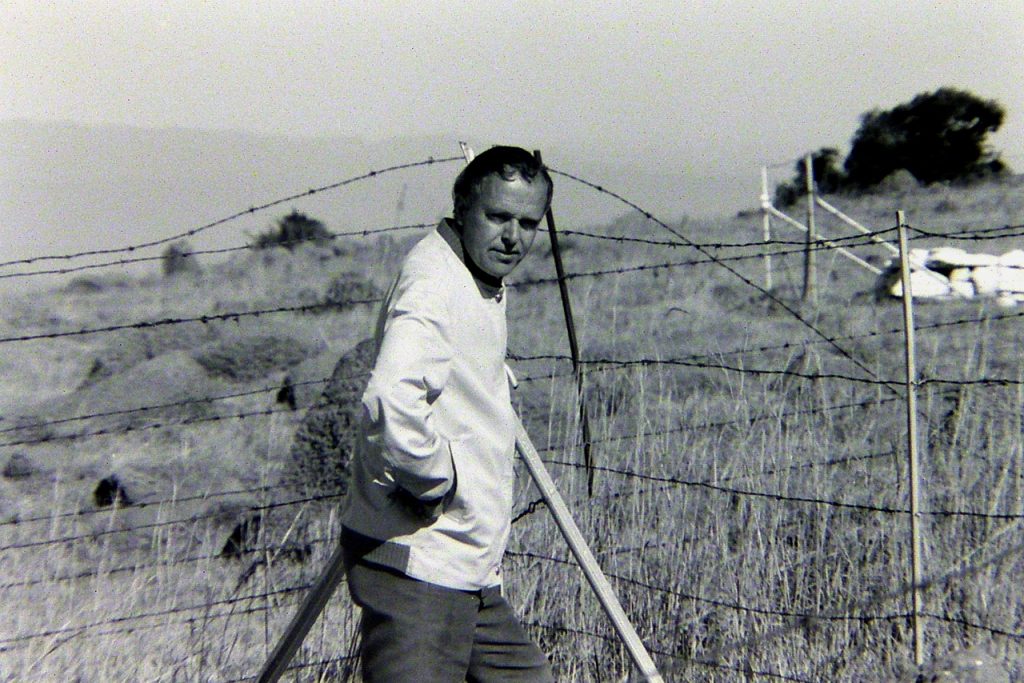
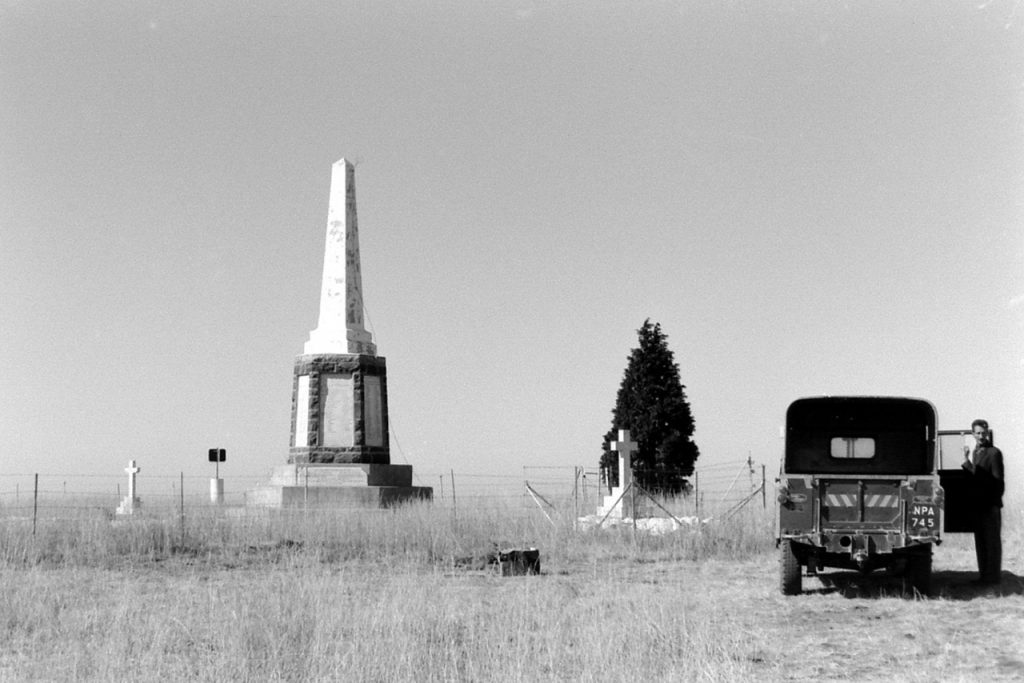
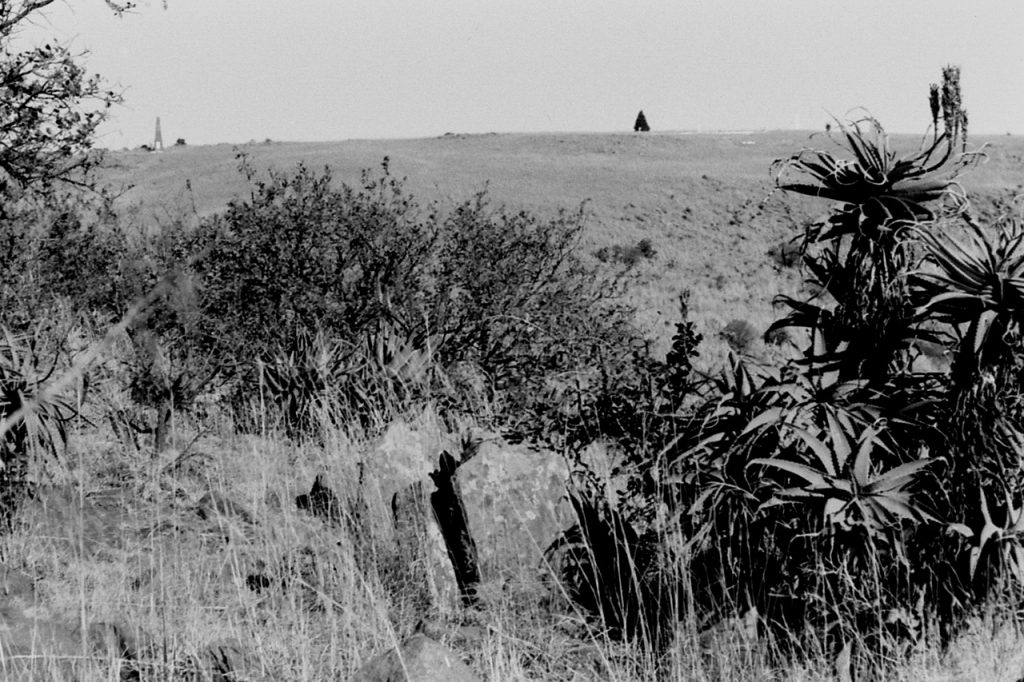
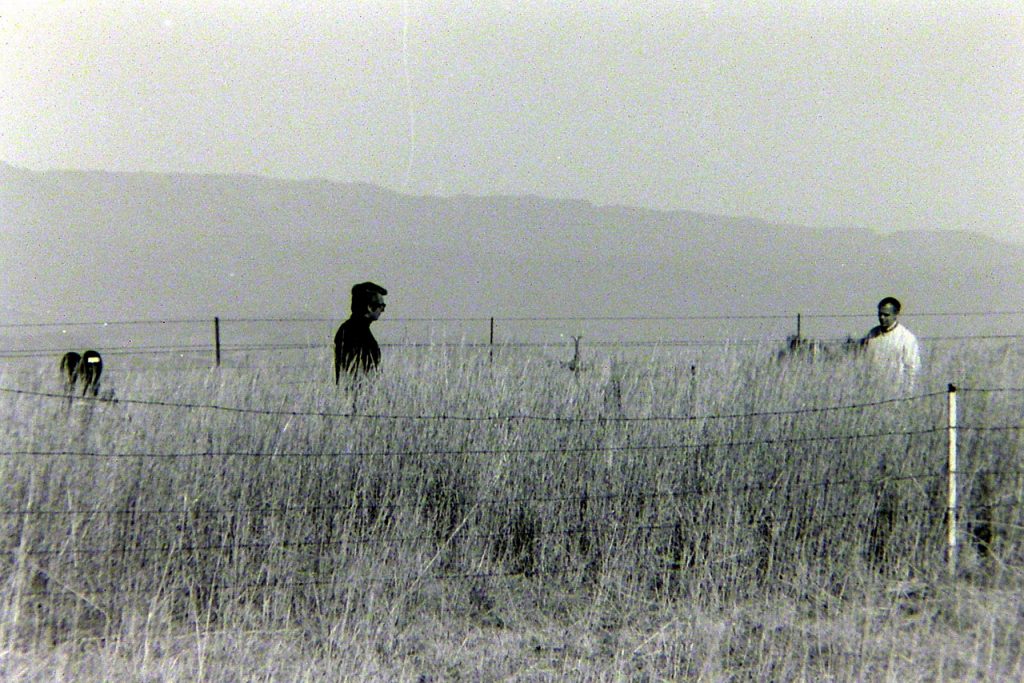
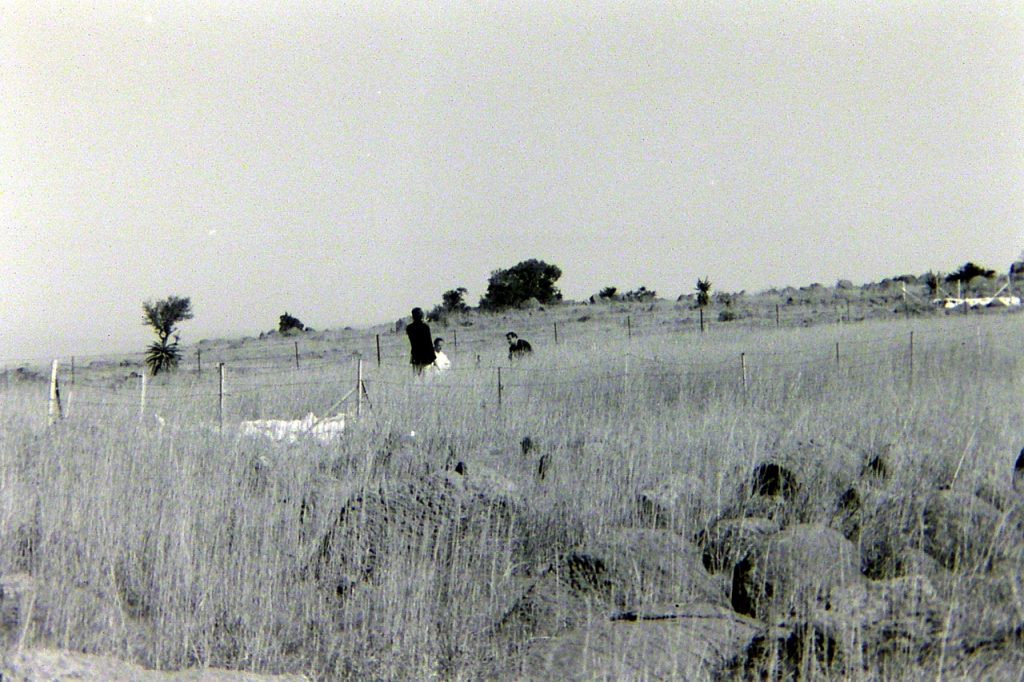
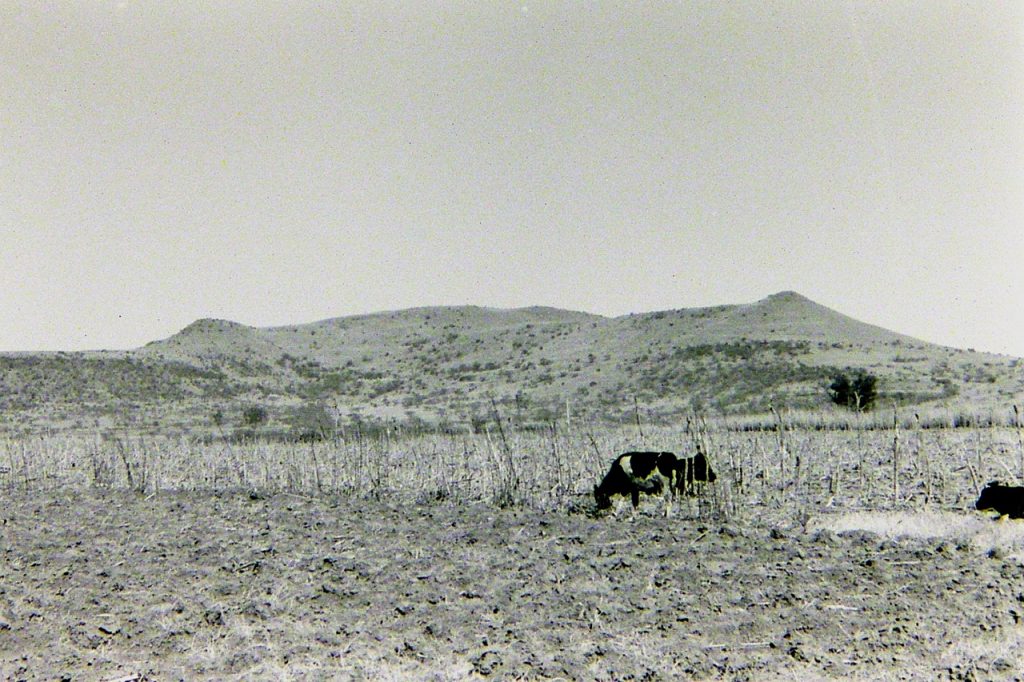
The famous mass grave. In the first photo you can see bullets, and human bones that had been washed out and which Midge reburied.
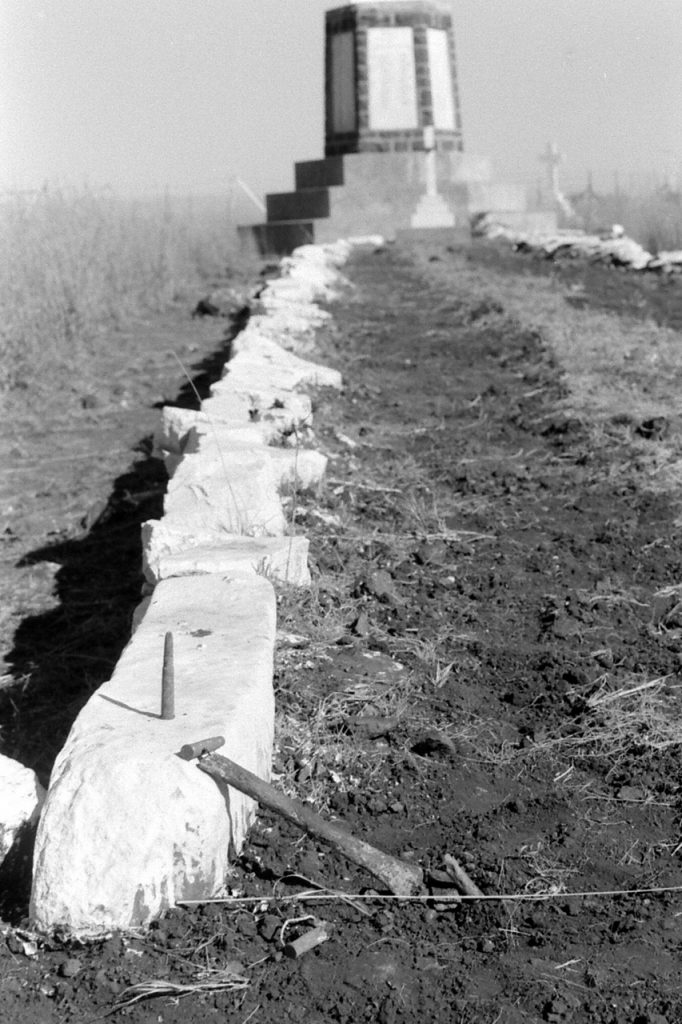
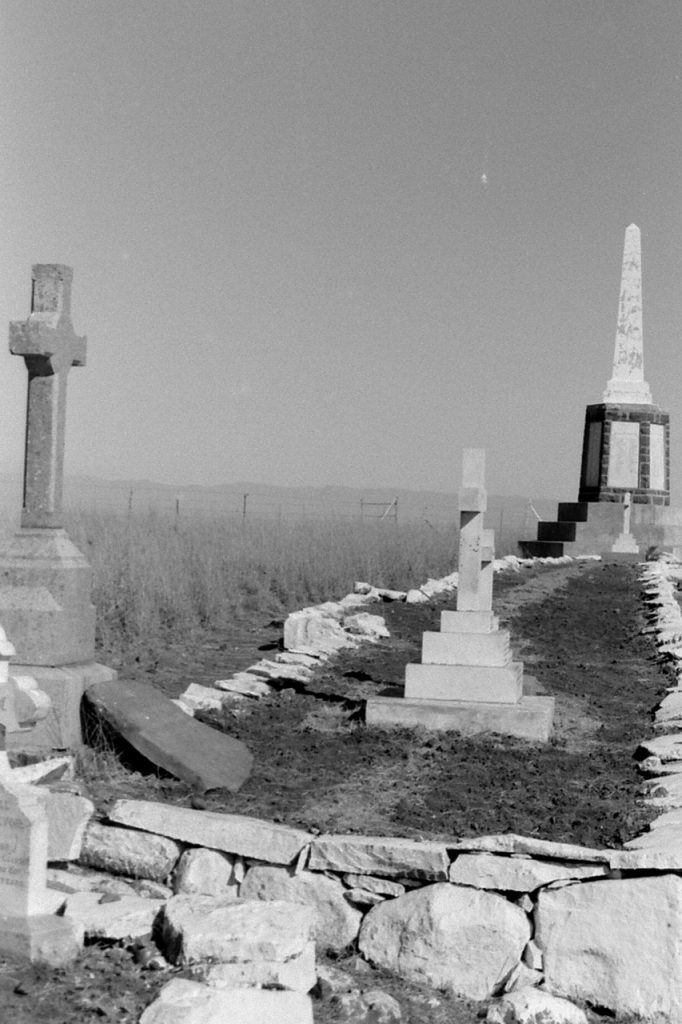
1975
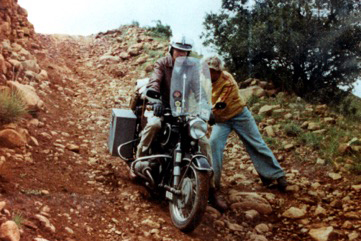
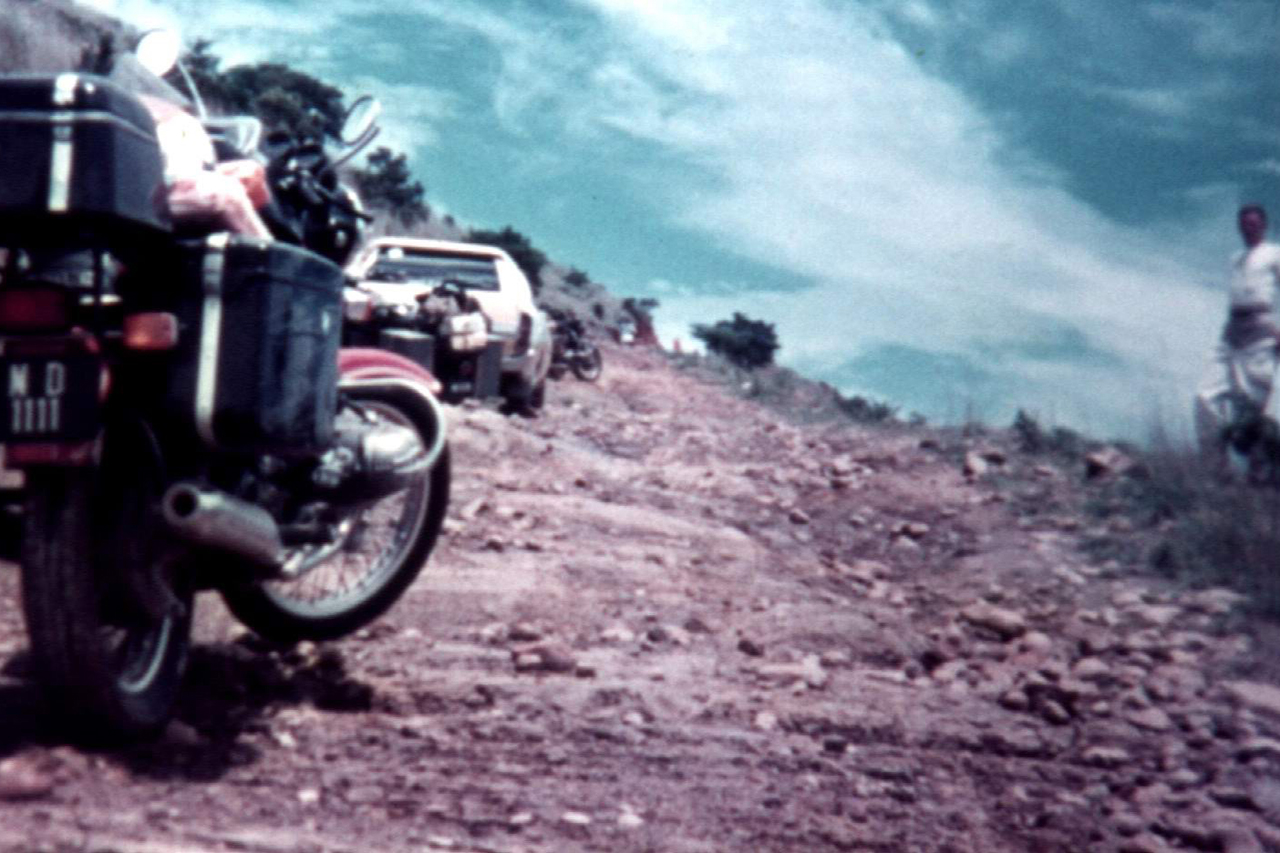
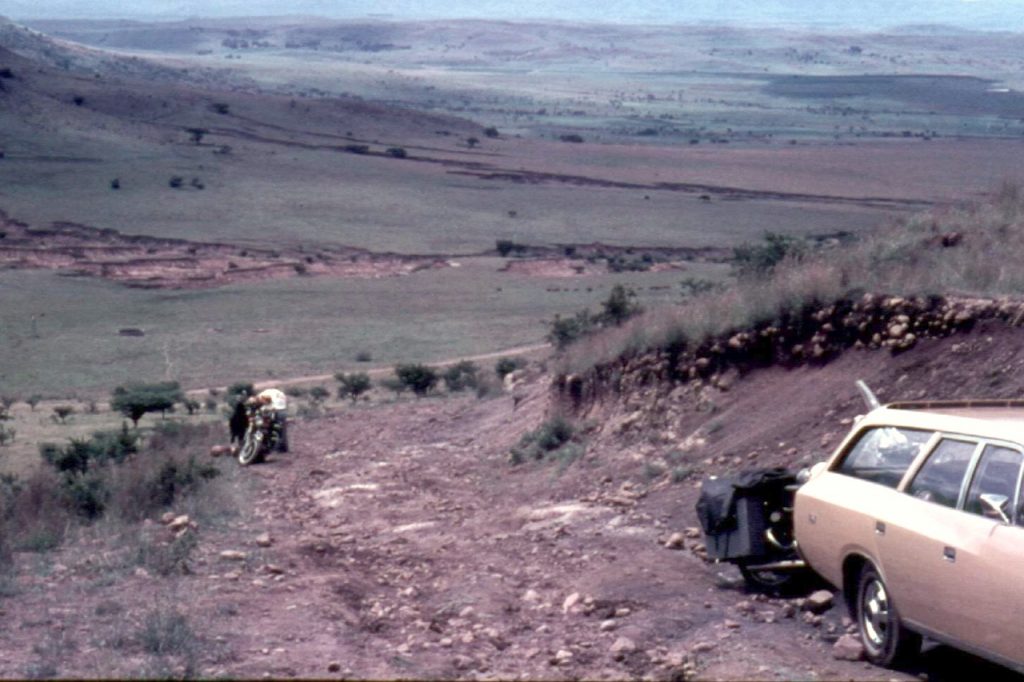
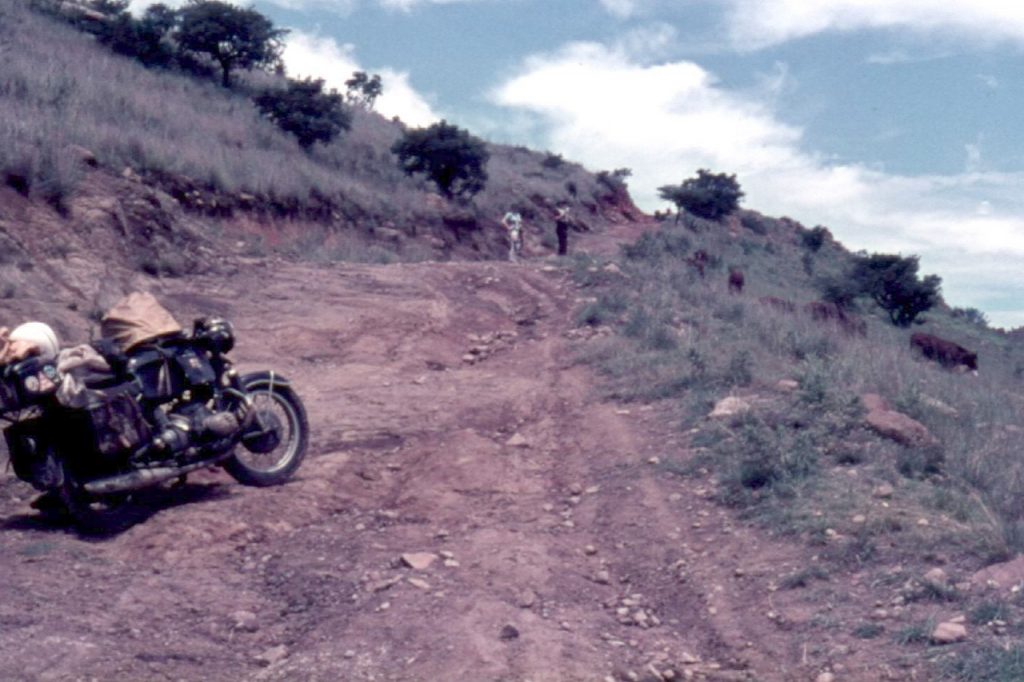
South African Military Historical Society [SAMHS] (Durban branch) on the summit of Spioenkop
